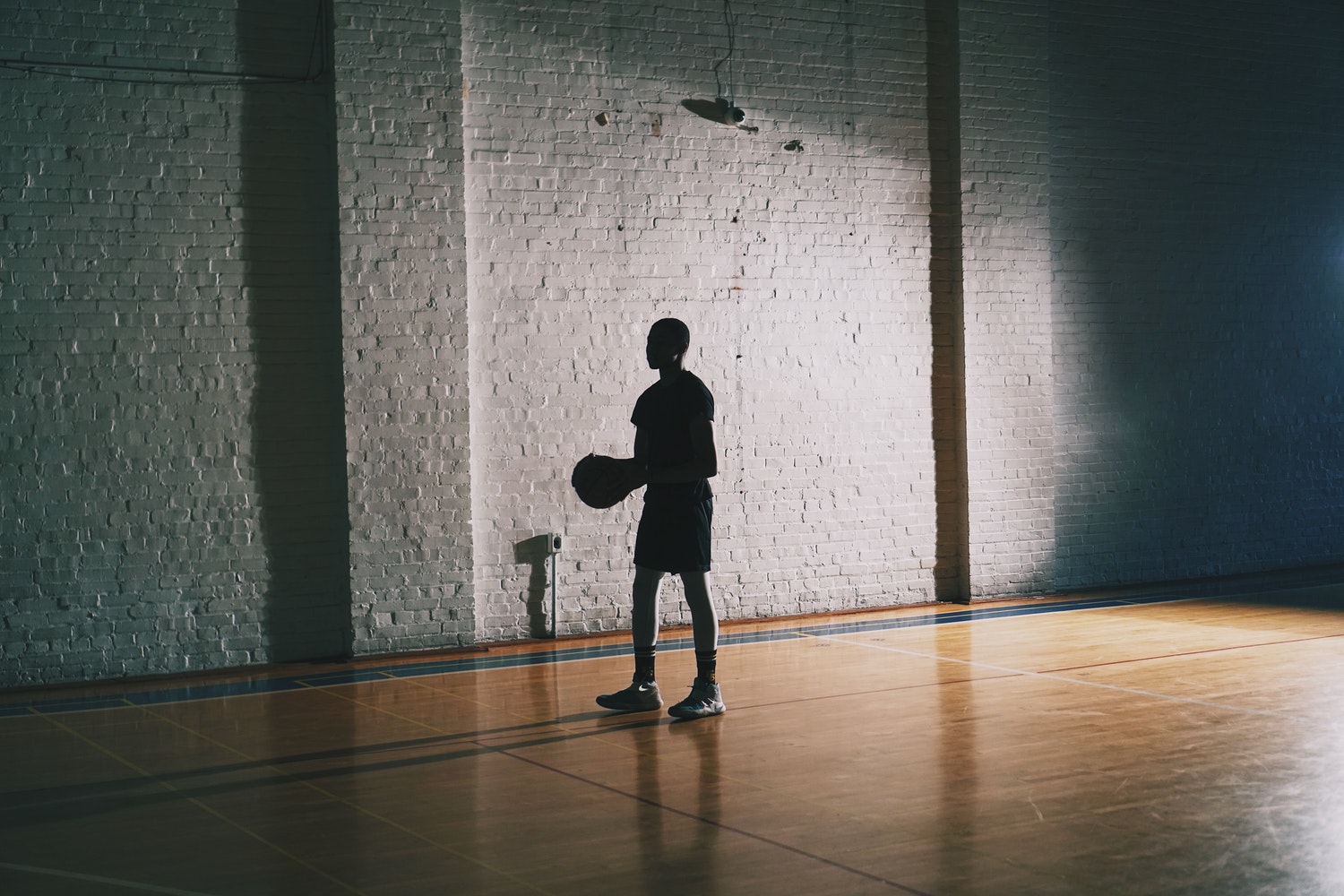The word “mindfulness” is thrown around a lot these days, but what does it mean and how can it help your mental health? I think mindfulness can best be described by the elements that go into it. Each of these elements can be useful in developing deeper mental health.
I’ve seen people break down the elements of mindfulness into a long list of practices, but for beginners, I think it comes down to two essential steps. You can always deepen your study, however, you have to start somewhere and I prefer to start simple.
Two Steps to Implementing Mindfulness for Beginners:
1. Be fully present in the moment.
You may have heard an athlete talk about “being in the zone.” This is very much similar to mindfulness because athletes who are in the zone are completely and totally present, not just physically, but mentally. They’re locked into what is going on in that moment.
Our minds are naturally drawn to think about many things at once. We even have thoughts about our thoughts. For example, when you catch yourself thinking about one thing, and then you reflect on what made you think of that thing in the first place. We’re constantly judging our own thoughts. If you’ve ever experienced an anxious mindset, you know how easy it is for thoughts to take off like a high-speed train, full steam ahead to absolutely nowhere.
Being able to call yourself back to the moment and be fully present in all of the sights, sounds, etc., can help you shake off all of the excess thoughts, which can benefit you emotionally by helping you to relax. This means that your body, mind and soul are all present simultaneously connected and aware of each moment.
Here’s how you can begin to train your mind to accomplish that connection in the present…
“Mindfulness requires a returning to the moment we are in, and the breath is the most effective tool for doing this.” – George Mumford
The Mindful Athlete
Meditation is the greatest training tool for mindfulness, which I’ll get into a little more in the next section. For simplicity’s sake, you can begin by becoming aware of your breath in any given moment. This concept is known as conscious breathing.
In a moment when you feel uncomfortable or your thoughts are racing or you want to prepare for a big day or event, try taking a few minutes to just focus on your breath. You can do this in a couple of simple ways.
- Close your eyes and focus on nothing more than inhaling and exhaling. If it helps, imagine a word floating in and out with each breath. For example, breathe in peace, exhale peace or breath in stillness, exhale stillness. Let your breath flow steady and easy. There’s nothing to rush or force. Instead, intend to slow your system down from your thoughts to your breath to your heart rate. Be in state of being with your breath. Nothing more.
- Some people may need a physical outlet to match their breathing exercises. I’m one of them. It’s difficult for me to go from 100 to zero or even 100 to 75 so I find these tactics helpful. If that sounds like you, try doing one of these two exercises. Follow the same directions as above but add one of these movements. For starters, you can stand or sit lifting your arms above your head as you inhale, and lower your arms to your side as your exhale. Another option would be to write the word you’re connecting with as you inhale and exhale (you can do this one with your eyes open).
This is an important first step because the answers you seek, including peace, are within you.
2. Let go of your attachment.
Athlete mindfulness also calls for detachment from the past or the future as well as from overthinking and overanalyzing. You can’t be in the moment if you’re thinking about something that happened in the past or something that may happen in the future. You also can’t be fully in the moment if your mind is on overdrive. Those thoughts keep you attached to your brain and out of your soul and body.
I think what most people get tripped up on about the concept of detachment is that it means that they have to trust. It’s also imperative to learn how to accept things as they are, which means you have to let go of that pesky need to control that most of us hassle with.
You have to trust yourself enough not to make a mistake. You have to trust your intuition and subconscious to guide you. You have to trust that everything you don’t have control over (and that’s a lot of shit), won’t somehow overtake your life and ruin everything.
We tend to do things out of habit and without thinking because our minds have the ability to do multiple things at once. For example, you can run a race without being aware of your legs or you can shoot a basketball without feeling the ball in your hands. Those are the things that you work on when you train and practice so you don’t have to think about them during a game. But even during training, you can be fully present and open to learning by becoming fully aware of each mechanical part of your body until it becomes second nature. You’re building trust in yourself and trust in your experience.
Being mindful isn’t obsessing over details (think game time, not practice) when you’re in a flow; it’s fully trusting yourself in the moment. Instead of forcing effort, you trust that you will execute the right effort while being unbothered by outside circumstances.
Here’s how you can trust yourself more in the moment…
Trust is built. It’s human nature to second-guess our environments and ourselves. Trust doesn’t mean closing your eyes and looking away. Trust in your awareness.
“Pure mindfulness is relaxed, open, lucid, moment-to-moment, present awareness.” – Lama Surya Das
Awakening the Buddha Within
The best way to develop this awareness is through meditation. Meditation is not just a relaxation tool; it’s a self-awareness tool. It trains your mind to create space between breaths and thoughts becoming more of an observer than a reactive participant.
If you seek to garner the true benefits of mindfulness, begin to see meditation as a training exercise rather than just an emergency button to use when you’re stressed.
You can start with just a few minutes every morning and a few minutes every evening before bed. Meditation is not about effort, but it does become more helpful the more disciplined you are about practicing it.
I wrote another article about the types of meditation for athletes and included a recording of my intro to meditation for you to listen to. It’s a good place to start.
Want to learn more about mindfulness and meditation? Contact me about coaching.


Pingback: How to use Meditation to Help Relieve Pregame Jitters - Athlete Mental Health